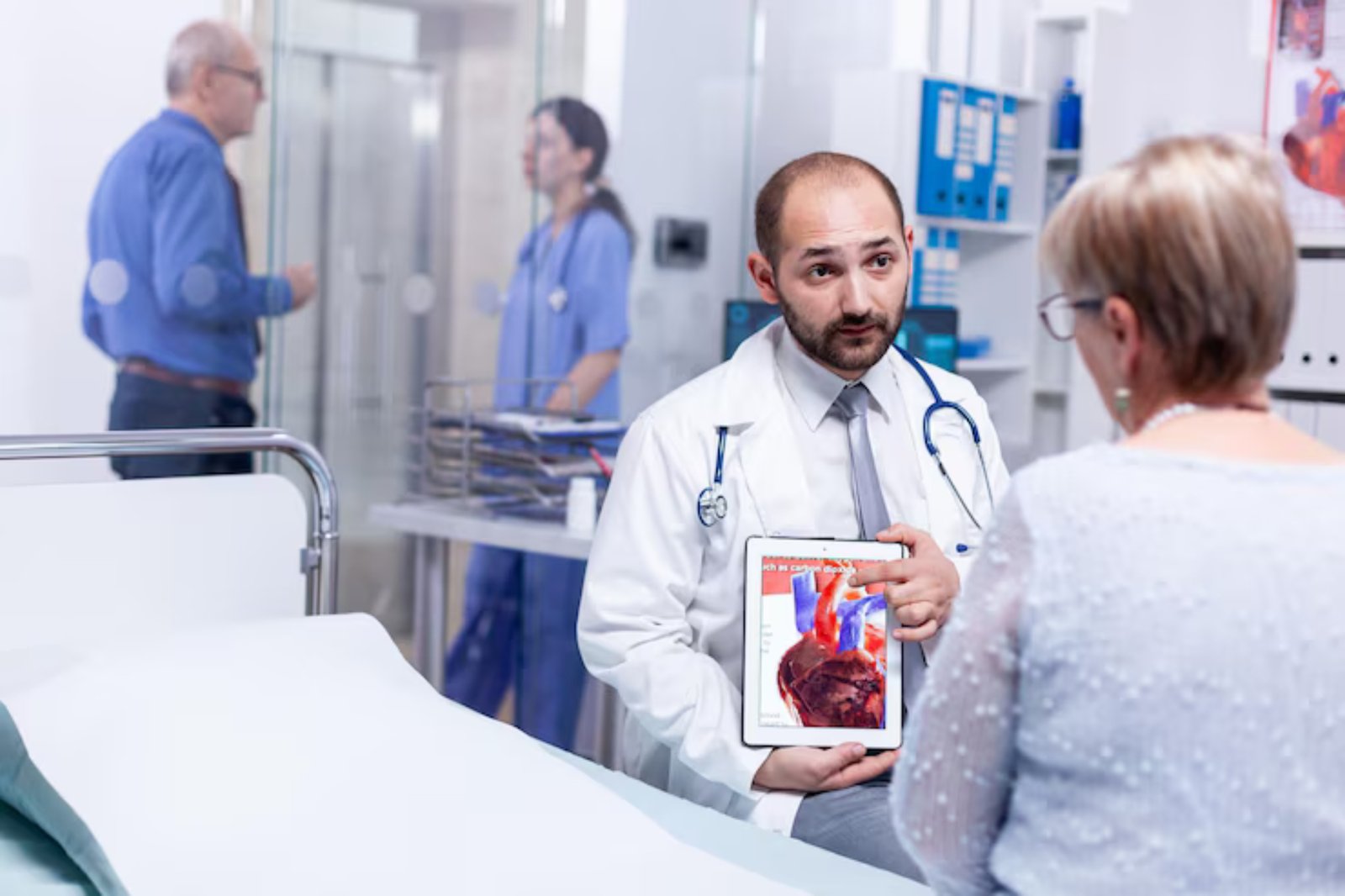Blocked nose? Constant headaches? Facial pressure that won’t go away? If you’ve been struggling with these symptoms for weeks or months, your sinuses might be the reason. Sinus problems are not only uncomfortable—they can severely affect your quality of life. But the good news is: help is just a specialist away. An ENT (Ear, Nose, and Throat) doctor, also known as an otolaryngologist, can diagnose and treat sinus issues effectively, so you can finally breathe easy again.
In this blog, we’ll explore what causes sinus problems, their symptoms, and most importantly—how an ENT can help you get lasting relief.
What Are Sinus Problems?
Your sinuses are hollow spaces in the bones of your face that are connected to your nasal passages. They help warm and humidify the air you breathe, and produce mucus that drains through your nose.
Sinus problems occur when these passages become blocked or inflamed—usually due to infection, allergies, or structural issues.
Common Types of Sinus Issues
1. Sinusitis (Sinus Infection)
An infection that causes inflammation of the sinus lining. It can be acute (short-term) or chronic (lasting more than 12 weeks).
2. Deviated Nasal Septum
When the wall dividing your nasal passages is crooked or off-centre, it can block sinus drainage and lead to congestion or infections.
3. Nasal Polyps
Soft, painless growths in the nasal cavity that can obstruct airflow and contribute to chronic sinusitis.
4. Allergic Rhinitis
Allergies can cause your nasal passages to swell, triggering sneezing, congestion, and sinus pressure.
Symptoms of Sinus Problems
- Constant nasal congestion
- Headaches or facial pain
- Pressure around the eyes or forehead
- Post-nasal drip (mucus dripping down the throat)
- Cough, especially at night
- Bad breath
- Reduced sense of smell or taste
- Fatigue
If you’re experiencing several of these symptoms for more than a few days, it’s time to consult an ENT specialist.
How an ENT Doctor Can Help
ENT specialists are trained to treat conditions involving the ears, nose, and throat, including sinus disorders. Here’s how they help:
1. Accurate Diagnosis
Your ENT will perform a physical exam, ask about your symptoms, and may recommend:
- Nasal endoscopy (a tiny camera is used to look inside your sinuses)
- CT scan or MRI to check for blockages, polyps, or infections
- Allergy testing, if allergies are suspected
2. Medical Treatment
Depending on the cause, your ENT may prescribe:
- Nasal sprays (steroids or antihistamines)
- Saline rinses to flush the sinuses
- Oral antibiotics (for infections)
- Decongestants
- Anti-allergy medications
These can provide relief from inflammation, swelling, and pain—often without surgery.
3. Lifestyle and Home Remedies
ENTs also guide you on how to:
- Use steam inhalation
- Avoid environmental triggers
- Improve air quality at home
- Manage allergies through diet or routine
4. Surgical Solutions (if needed)
If sinus problems are chronic or severe, your ENT may recommend procedures such as:
a) Functional Endoscopic Sinus Surgery (FESS)
A minimally invasive procedure to remove blockages and improve sinus drainage.
b) Septoplasty
Surgery to straighten a deviated septum.
c) Polypectomy
Removal of nasal polyps that obstruct breathing.
d) Balloon Sinuplasty
A gentle, balloon-based procedure to open blocked sinuses—ideal for chronic sinusitis with minimal downtime.
These surgical options are typically safe, effective, and can significantly reduce or eliminate symptoms for long-term relief.
Looking for Help?
If you or a loved one is dealing with ongoing sinus issues, don’t wait. Consult a trusted ENT specialist and explore the right treatment plan for you.




